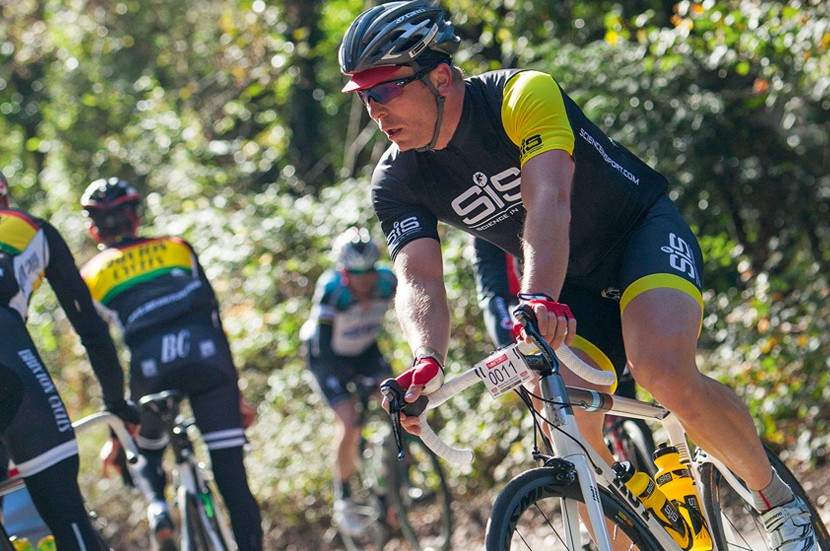Sir Chris Hoy: good nutrition is crucial to performance
Having already enjoyed a year of retirement, Sir Chris Hoy has a very successful cycling career to look back on and a rather impressive trophy cabinet to boot

With six golds and one silver medal he is the most-decorated Olympian of all time. He is also an 11-time world champion. But far from enjoying the more relaxed rewards of retirement, Hoy has kept himself busy racing cars, developed his very own HOY bike range and become a dad.
What’s more important, nutrition or training?
Chris Hoy: I don’t think you can separate them — they are intrinsically linked. If you’re going to go hard in training you have to refuel and replenish your nutrients. To get the best out of yourself and to improve you have to pay attention to both.
What’s your favourite pre-ride meal?
CH: When I was racing it was pasta and chicken. It would be dry and with pre-race nerves it wasn’t enjoyable. But now I don’t have to think about every fraction of a second I’m on the bike I go for something simple, scrambled eggs on toast or maybe a cheese and ham omelette with beans.
When it comes to nutrition, what do amateurs tend to get wrong?
CH: There’s so much information out there it’s easy to get confused. You have to keep it simple. But you must always refuel afterwards — within half an hour. That window is crucial. At that point the body is like a sponge and will take on board the nutrients it needs to start the repair process, ready for the next session.
The latest race content, interviews, features, reviews and expert buying guides, direct to your inbox!
>>> Recover right: the three Rs of recovery
What do amateurs get wrong when it comes to hydration?
CH: People wait until they’re thirsty or get too hot, then they start to try and rehydrate. You need to stay hydrated throughout — not wait until you’re thirsty.
Tell us about a time you got your hydration wrong — what happened?
CH: I actually drank too much water once when I was in Perth, Australia. Not only was I unprepared for the climate, our supplements were stuck in customs so I was only drinking water — nothing with an electrolyte charge in it. The more I drank the more I needed and it got to the point where I was being sick. It can be really dangerous. It’s a condition known as hyponatremia.
When training did you prefer real foods or supplements?
CH: You need to have both. Technically after a session you can get enough protein from a can of tuna or from a chicken breast, but it can take a while for your body to assimilate that. Stepping off the bike and getting a recovery drink in can fast-track the whole process — it’s instant.
What’s the key to improving?
CH: Perseverance. With cycling you don’t get massive step-ups in performance; it’s all about the tiny improvements that happen over time. You have to stick with it.
What are the three most important things you’ve learned from participating in this sport?
CH: You’ve always got more to give than you think. No matter how hard it is or how tired you are, you can push yourself a lot harder than you think. Secondly, you get out what you put in. If you stop for a few months no matter what level you are, when you get back on the bike you’re going to be suffering, it’s a great leveller. And thirdly — enjoy it!
Age: 38
Team: Retired
Best results: Eleven-time world champion and six-time Olympic champion
Speciality: Track sprint, keirin, team sprint, kilometre
Sir Chris Hoy helps launch Evans Cycles Christmas campaign
Six-time Olympic Champion Sir Chris Hoy appears as Father Chris in Evans Cycles' 2014 Christmas campaign launch video.
Founded in 1891, Cycling Weekly and its team of expert journalists brings cyclists in-depth reviews, extensive coverage of both professional and domestic racing, as well as fitness advice and 'brew a cuppa and put your feet up' features. Cycling Weekly serves its audience across a range of platforms, from good old-fashioned print to online journalism, and video.